Matplotlib Set Axis Range
How To Set Axis Range (Xlim, Ylim) In Matplotlib Python | Matplotlib Tutorial – Part 05
Keywords searched by users: matplotlib set axis range Matplotlib set x axis step size, Matplotlib set x axis range date, Matplotlib x axis range, Set y-axis range matplotlib, Set x axis matplotlib, Change y axis scale Matplotlib, Set axis title matplotlib, Plt axis
Categories: Top 61 Matplotlib Set Axis Range
See more here: nhanvietluanvan.com
Matplotlib Set X Axis Step Size
Setting the x-axis step size in Matplotlib starts with understanding the concept of ticks. Ticks are the small marks on the x-axis that represent specific values. By default, Matplotlib automatically determines the placement of ticks based on the range of the data. However, in some cases, this automatic placement may not be suitable, especially when dealing with large datasets or when the data has distinct patterns.
To manually set the x-axis step size, one approach is to specify the tick positions explicitly. This can be achieved using the `xticks()` function in Matplotlib. Let’s consider an example where we have a simple line plot with data points at regular intervals. To set a step size of 2 for the x-axis, we can use the following code snippet:
“`python
import matplotlib.pyplot as plt
# Some example data
x = [1, 2, 3, 4, 5, 6, 7, 8, 9, 10]
y = [7, 3, 5, 8, 2, 9, 6, 1, 10, 4]
plt.plot(x, y)
# Set the x-axis tick positions
plt.xticks([1, 3, 5, 7, 9])
plt.show()
“`
In this example, we manually specified the tick positions `[1, 3, 5, 7, 9]`, which results in a step size of 2 for the x-axis. The data points corresponding to these tick positions are then plotted accordingly.
While this method works well for simple cases, it becomes less practical when dealing with large datasets or when the desired tick positions are not known in advance. In such scenarios, Matplotlib provides additional functionality to automatically generate tick positions based on user-defined criteria.
One such approach is to use the `MultipleLocator` class from the `matplotlib.ticker` module. This class allows us to define the desired interval between ticks on the x-axis. Consider the following example:
“`python
import matplotlib.pyplot as plt
from matplotlib.ticker import MultipleLocator
# Some example data
x = [1, 2, 3, 4, 5, 6, 7, 8, 9, 10]
y = [7, 3, 5, 8, 2, 9, 6, 1, 10, 4]
plt.plot(x, y)
# Set the x-axis tick interval
plt.gca().xaxis.set_major_locator(MultipleLocator(2))
plt.show()
“`
Here, we imported the `MultipleLocator` class from `matplotlib.ticker` and used it to set the x-axis tick interval to 2. The `plt.gca().xaxis` expression accesses the x-axis properties, and the `set_major_locator()` method applies the `MultipleLocator` instance. This approach automatically generates tick positions at intervals of 2 on the x-axis, providing a more flexible way of setting the step size.
In addition to multiple locators, Matplotlib also provides a wide range of ticker formatters that allow for even more customization of tick labels. For example, the `FixedLocator` and `FormatStrFormatter` classes can be used together to define both tick positions and their corresponding labels:
“`python
import matplotlib.pyplot as plt
from matplotlib.ticker import FixedLocator, FormatStrFormatter
# Some example data
x = [1, 2, 3, 4, 5, 6, 7, 8, 9, 10]
y = [7, 3, 5, 8, 2, 9, 6, 1, 10, 4]
plt.plot(x, y)
# Set the x-axis tick positions and labels
plt.gca().xaxis.set_major_locator(FixedLocator([1, 3, 5, 7, 9]))
plt.gca().xaxis.set_major_formatter(FormatStrFormatter(‘%.1f’))
plt.show()
“`
In this example, we used the `FixedLocator` class to specify the tick positions and the `FormatStrFormatter` class to format the tick labels as floating-point numbers with one decimal place (`’%.1f’`). This combination allows for fine-grained control over both the position and appearance of tick labels.
Frequently Asked Questions (FAQs):
1. Q: Can I set the step size as a fraction in Matplotlib?
A: Yes, Matplotlib supports setting the step size as a fraction or decimal. You can define the desired step size using floating-point values or fractions as input to the locators discussed earlier.
2. Q: How can I rotate the x-axis tick labels in Matplotlib?
A: To rotate the x-axis tick labels, you can use the `set_rotation()` method of the `Tick` class. For example, `plt.xticks(rotation=’45’)` will rotate the x-axis tick labels by 45 degrees.
3. Q: Can I customize the appearance of ticks in Matplotlib?
A: Absolutely! Matplotlib offers various options for customizing tick appearance. You can modify properties such as color, size, style, and more using the appropriate methods or functions in Matplotlib.
4. Q: Is it possible to have non-linear spacing between ticks on the x-axis?
A: Yes, Matplotlib provides locators such as `LogLocator` or user-defined locators to handle non-linear spacing. These locators allow for logarithmic or custom spacing between ticks on the x-axis.
In conclusion, Matplotlib provides flexible options to customize the x-axis step size, allowing users to precisely control the layout and presentation of their charts. Whether it’s manually specifying tick positions, using predefined locators, or combining multiple locators and formatters, Matplotlib provides a powerful arsenal for fine-tuning data visualization. With a good understanding of these techniques, users can effectively communicate insights from their data to a wider audience.
Matplotlib Set X Axis Range Date
When working with time series data, it is essential to visualize it correctly. Matplotlib, a popular data visualization library for Python, provides various options for customizing plots, including setting the x-axis range using dates. In this article, we will explore how to accomplish this using Matplotlib and delve into various methods for working with date ranges effectively.
Understanding Time Series Data
——————————
Before we dive into setting the x-axis range, let’s briefly touch upon time series data. A time series is a sequence of data points ordered by time. It could represent daily stock prices, monthly sales data, or even hourly weather observations. Each data point in a time series is associated with a specific timestamp or date.
Matplotlib’s Date Formatting
—————————-
To accurately represent time series data on a plot, Matplotlib provides built-in date formatters and locators. Date formatters are responsible for formatting the tick labels on the x-axis, while locators determine the positions of the ticks based on the chosen frequency.
By default, Matplotlib automatically chooses the date format and locator based on the range of dates in the data. However, we have the flexibility to customize these settings to suit our specific requirements.
Setting the x-axis Range with Dates
———————————–
To set the x-axis range with dates, we need to follow a few essential steps. Let’s explore them one by one:
1. Import the necessary dependencies:
“`python
import matplotlib.pyplot as plt
import matplotlib.dates as mdates
“`
2. Generate or load the time series data.
3. Create a figure and an axis object using Matplotlib’s `subplots()` function.
“`python
fig, ax = plt.subplots()
“`
4. Use the `plot()` function to visualize the data. Make sure to pass the dates and corresponding values as arguments.
“`python
ax.plot(dates, values)
“`
5. Customize the x-axis by specifying the date locator and formatter.
“`python
ax.xaxis.set_major_locator(mdates.MonthLocator())
ax.xaxis.set_major_formatter(mdates.DateFormatter(‘%b %Y’))
“`
6. Finally, display the plot using the `show()` function.
“`python
plt.show()
“`
In the above code snippet, we set the major locator to `MonthLocator()`, which ensures the tick marks are placed at the start of each month. Additionally, we set the major formatter to `DateFormatter(‘%b %Y’)`, which formats the dates as abbreviated month names and the four-digit year (e.g., “Sep 2022”).
Handling Different Date Ranges
——————————
In many cases, we may encounter time series data spanning different date ranges. Matplotlib provides several locator options to accommodate such scenarios. Here are a few commonly used locators:
1. DayLocator: Places ticks at the start of each day.
2. WeekdayLocator: Places ticks at the start of each weekday (Monday, Tuesday, etc.).
3. MonthLocator: Places ticks at the start of each month.
4. YearLocator: Places ticks at the start of each year.
By adjusting the locator to match the range of dates, we can ensure that the x-axis ticks are displayed appropriately.
FAQs
—-
Q: How can I customize the date format in Matplotlib?
A: Matplotlib provides a wide range of date format codes to customize the appearance of the dates. You can explore the available codes in the official Matplotlib documentation.
Q: Is it possible to set a specific date range on the x-axis?
A: Yes, you can achieve this by setting the x-axis limits explicitly using the `set_xlim()` function. Pass the desired start and end dates as arguments, ensuring they follow the proper date format.
Q: Can I specify a different frequency for the tick marks on the x-axis?
A: Absolutely! Matplotlib allows you to control the frequency by choosing an appropriate locator, such as `DayLocator()`, `WeekdayLocator()`, `MonthLocator()`, or `YearLocator()`. Experiment with different locators to find the best fit for your data.
Q: Can I visualize multiple time series with different date ranges on the same plot?
A: Yes, you can plot multiple time series with different date ranges on a single plot. Matplotlib will adjust the x-axis range dynamically based on the provided data.
Conclusion
———–
Visualizing time series data with accurate date representation is crucial for understanding the underlying patterns and trends. By leveraging Matplotlib’s powerful options for setting the x-axis range with dates, we can create insightful and meaningful plots. Remember to consider the range of dates in your data and choose the appropriate locators and formatters to display the x-axis ticks effectively. With a little practice, you’ll be able to create professional-looking plots that effectively communicate temporal information.
Images related to the topic matplotlib set axis range

Found 34 images related to matplotlib set axis range theme














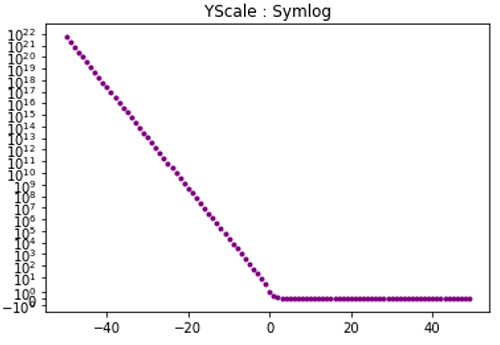
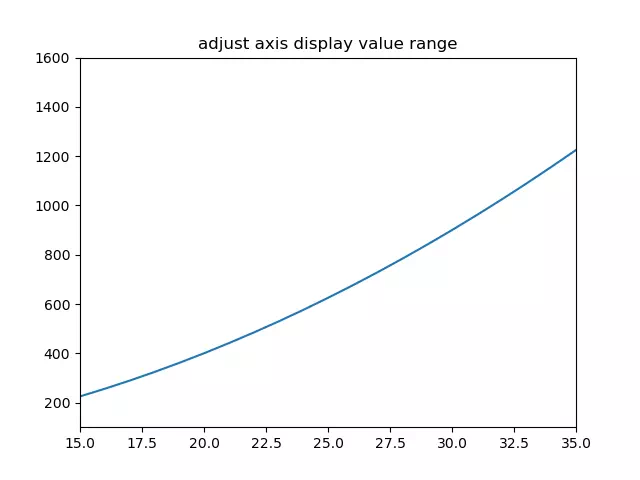
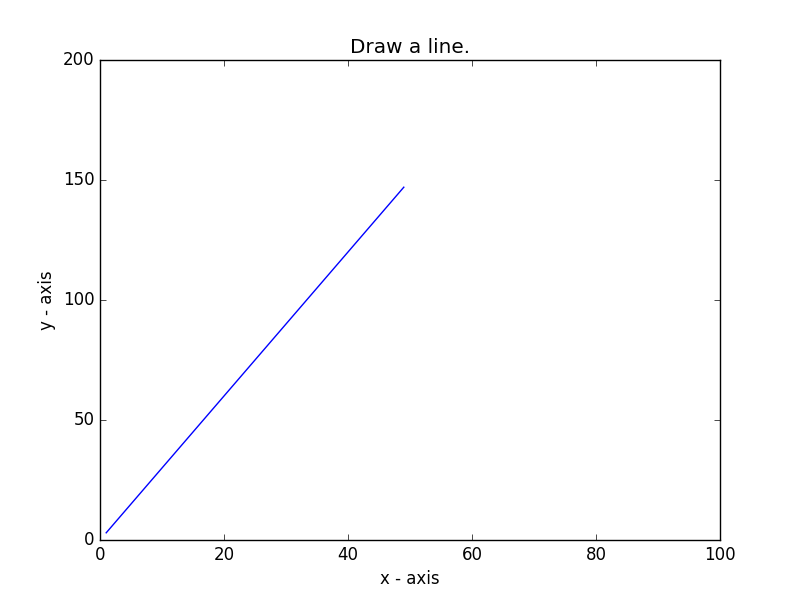

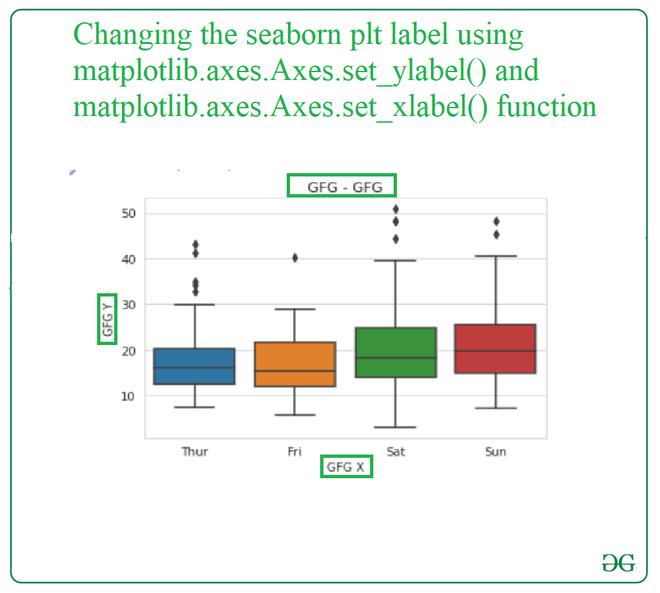


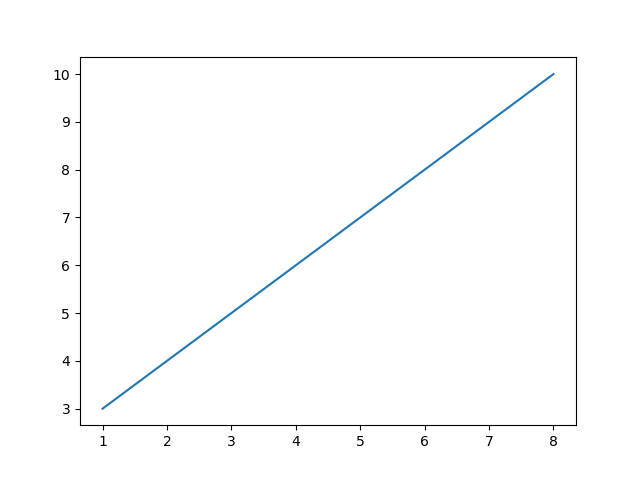


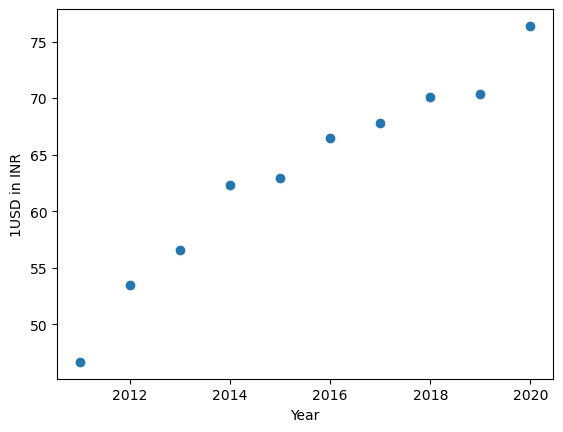
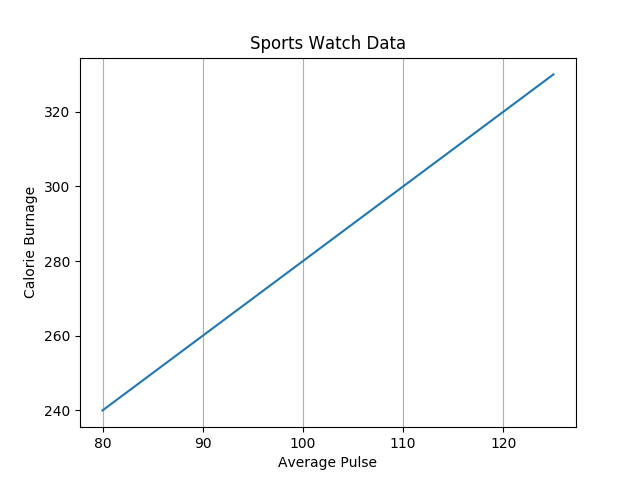




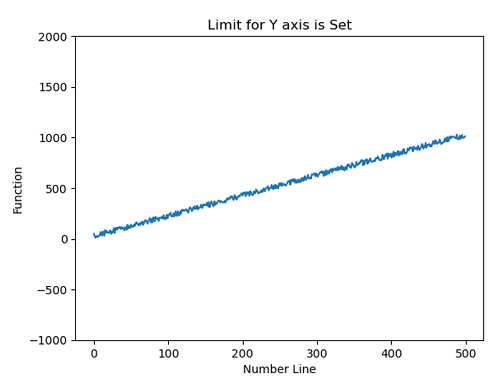
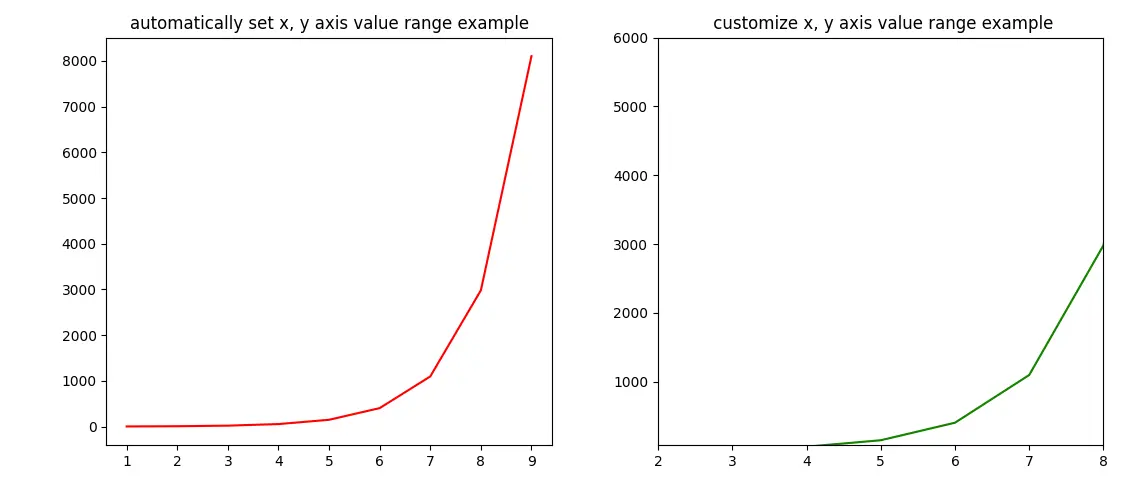


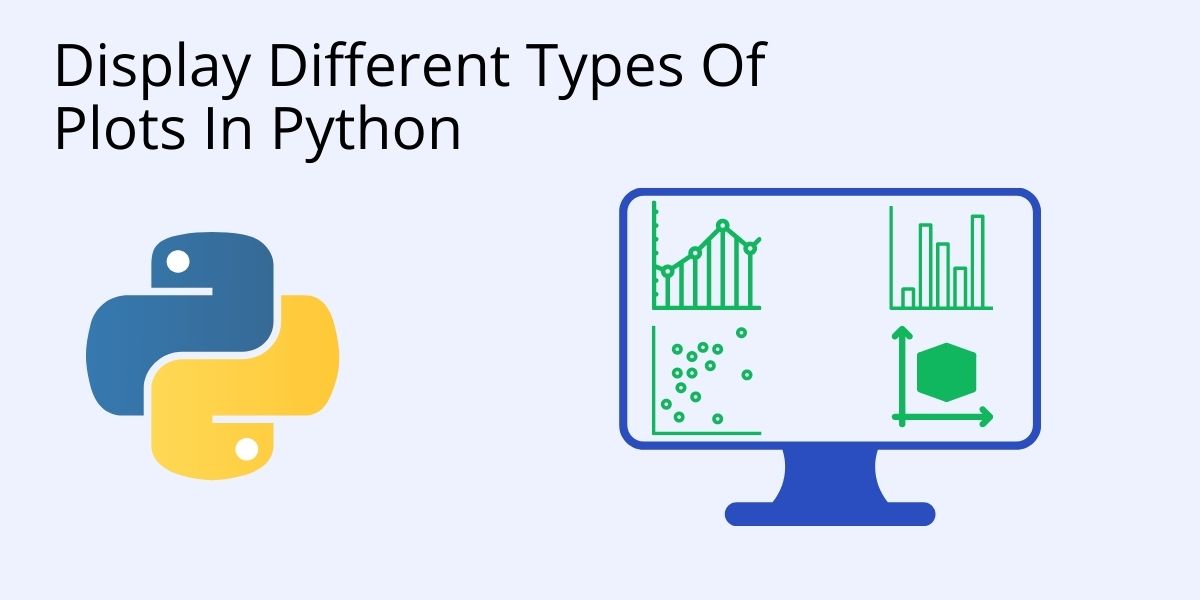




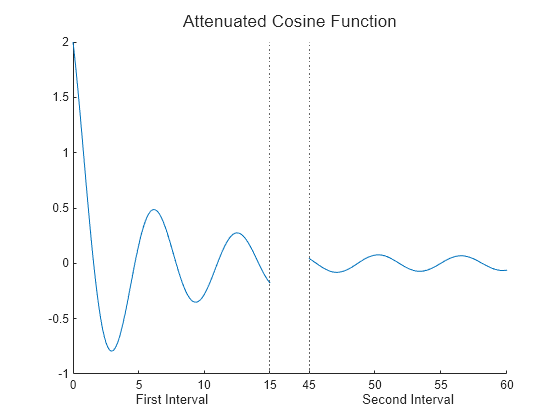
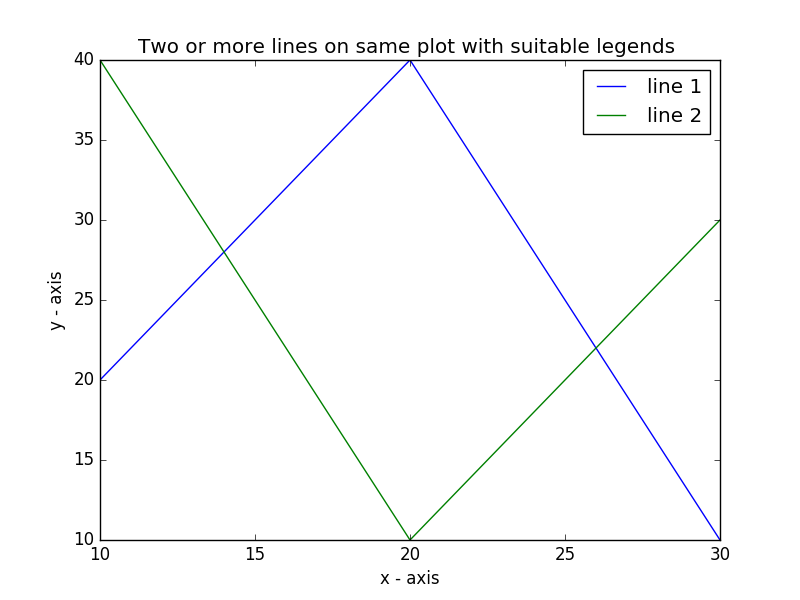
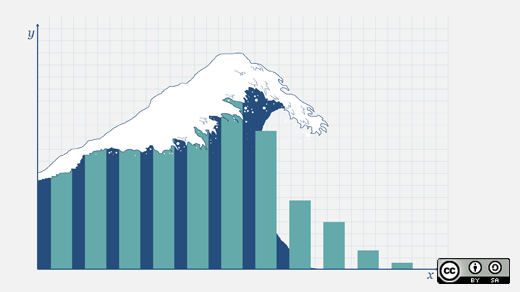
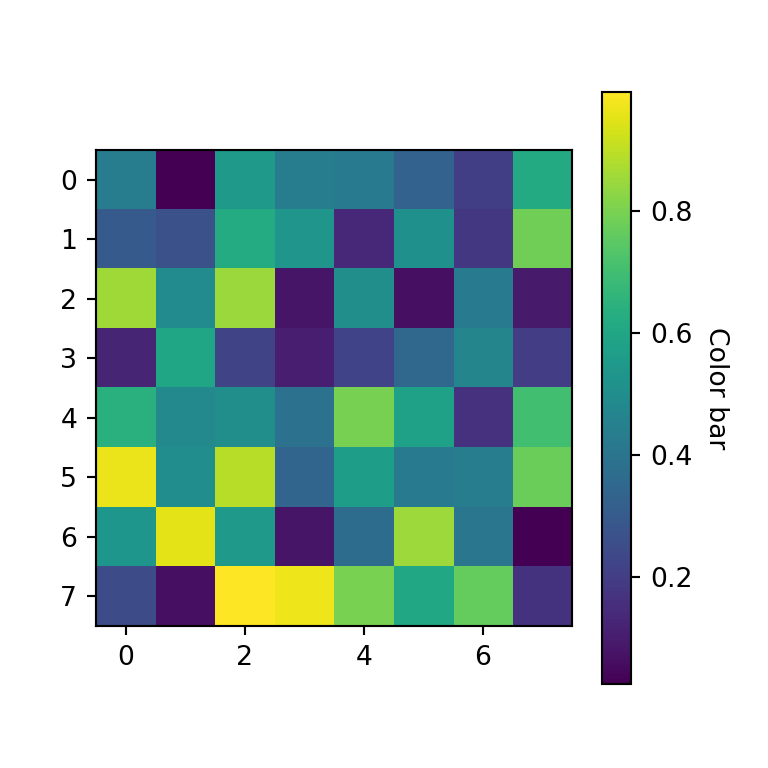
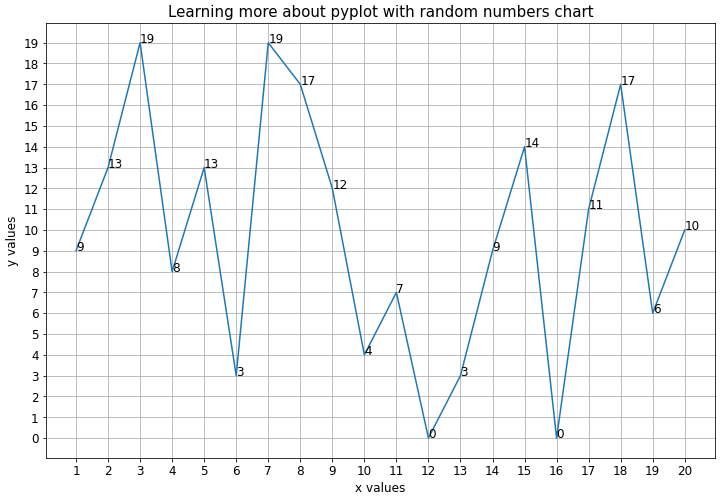


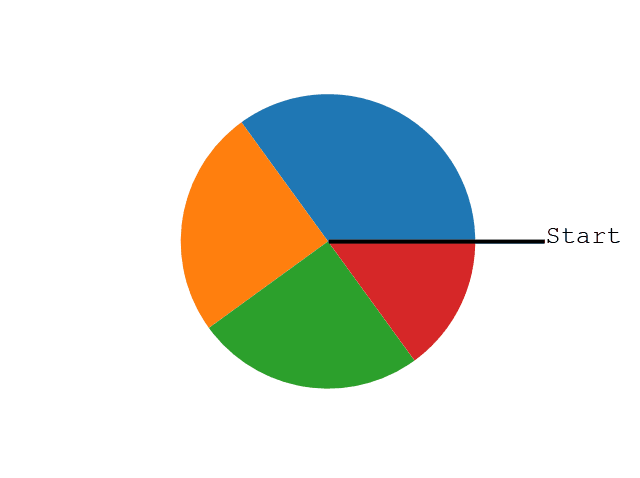


Article link: matplotlib set axis range.
Learn more about the topic matplotlib set axis range.
- How to Set Axis Range (xlim, ylim) in Matplotlib – Stack Abuse
- How to Set Axis Ranges in Matplotlib? – GeeksforGeeks
- Matplotlib Set Axis Range – Python Guides
- Matplotlib | Set the Axis Range | Scaler Topics
- How to set axis ranges in Matplotlib in Python – Adam Smith
- How to change the range of the X-axis and Y-axis in Matplotlib
- Get Axis Range in Matplotlib Plots – Data Science Parichay
- python – How to set the axis limits – Stack Overflow
See more: https://nhanvietluanvan.com/luat-hoc